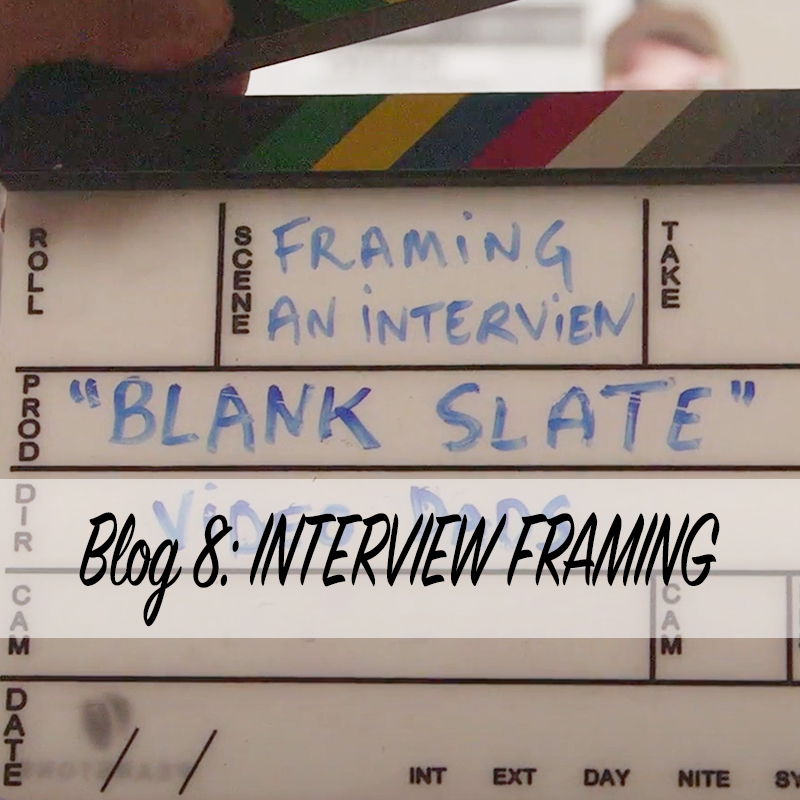Uncategorized
Video Learning Blog 8 – Interview Framing
In the previous post, we took a look at interview location through the Blank Slate video series we created for PBS Digital Studios. Now, I’m going to skip the lighting and audio portions of the series, and go straight to interview framing. I’m skipping around because much of the content in the other videos pertains to specific equipment, which you may not have access to. However, the technique talked about in this video will be relevant no matter what camera you use. Next, we will discuss interview transcription, and how you begin to build a story using the content of your interviews.
We’ve talked about interview placement, lighting, and audio, but once you have all those pieces figured out, you still have to interview your subject. That’s where framing becomes a super important decision.
Before you do anything else, consider how many subjects you plan to interview at the same time. Couples, office colleagues, band mates while it may seem natural for subjects to interview together, it makes your job a lot more complex.
Audio becomes much more difficult with multiple subjects it’s just harder to record good, clean sound without getting into complex microphone setups. As for framing, your shot needs to be wider to fit everyone in, so right off the bat you’ll need more powerful lighting equipment to make everybody look good.
And with a wider shot that includes multiple subjects, your background becomes more visible and in focus, making it one more thing to worry about. This is why we almost always insist on one person per interview. We shoot with a long telephoto lens so we can zoom way in, blurring out the background completely, and we can have a microphone and a small light source just inches away from the subject.
I have to emphasize this - fill your frame with your subject, beyond what’s comfortable to you. People watch web videos on tiny screens, not in big theaters, so a huge talking head is really not that huge. To get that close, you’ll often have to cut off the top of your subject’s head in the frame. Whatever you do, don’t cut off their chin it just looks weird and uncomfortable.
And lastly we have eyeline. If you have a producer or director interviewing your subject off camera, you’ll want the subject’s eyes to be looking off axis, with plenty of empty frame space in front of them. Face equals space, right? Otherwise it’s awkward if there is no room in front of their face.
We usually interview ourselves, while operating behind the camera, so we’ll have the subject look directly into the lens while they talk. This allows us to be more liberal with where we frame them, and it also feels more personal and direct to the audience watching the video.

